There are plenty of options in the market when it comes to heaters. One of them is the Dimplex baseboard heater, an efficient type of heater that can give your home the comfort it needs during Winter season when used properly, but how do you use a Dimplex baseboard heater? We've asked the experts and put the answer in this post for you!
To use a Dimplex baseboard heater, follow this simple instruction:
- Turn the knob clockwise. Make sure you go all the way when doing the first step.
- When the room achieves your desired temperature level, turn the knob counterclockwise until the knob clicks and the heater shuts off. The temperature you have set will automatically get programmed by the heater.
You can reduce the heater's temperature by turning the knob counterclockwise and increasing the temperature clockwise. You can use the programming and operating manual if your unit comes with an electronic thermostat.
We will get into further details about this topic, so read until the end of this post to learn more about how you can operate your Dimplex baseboard heater. With that said, let's get right into it!
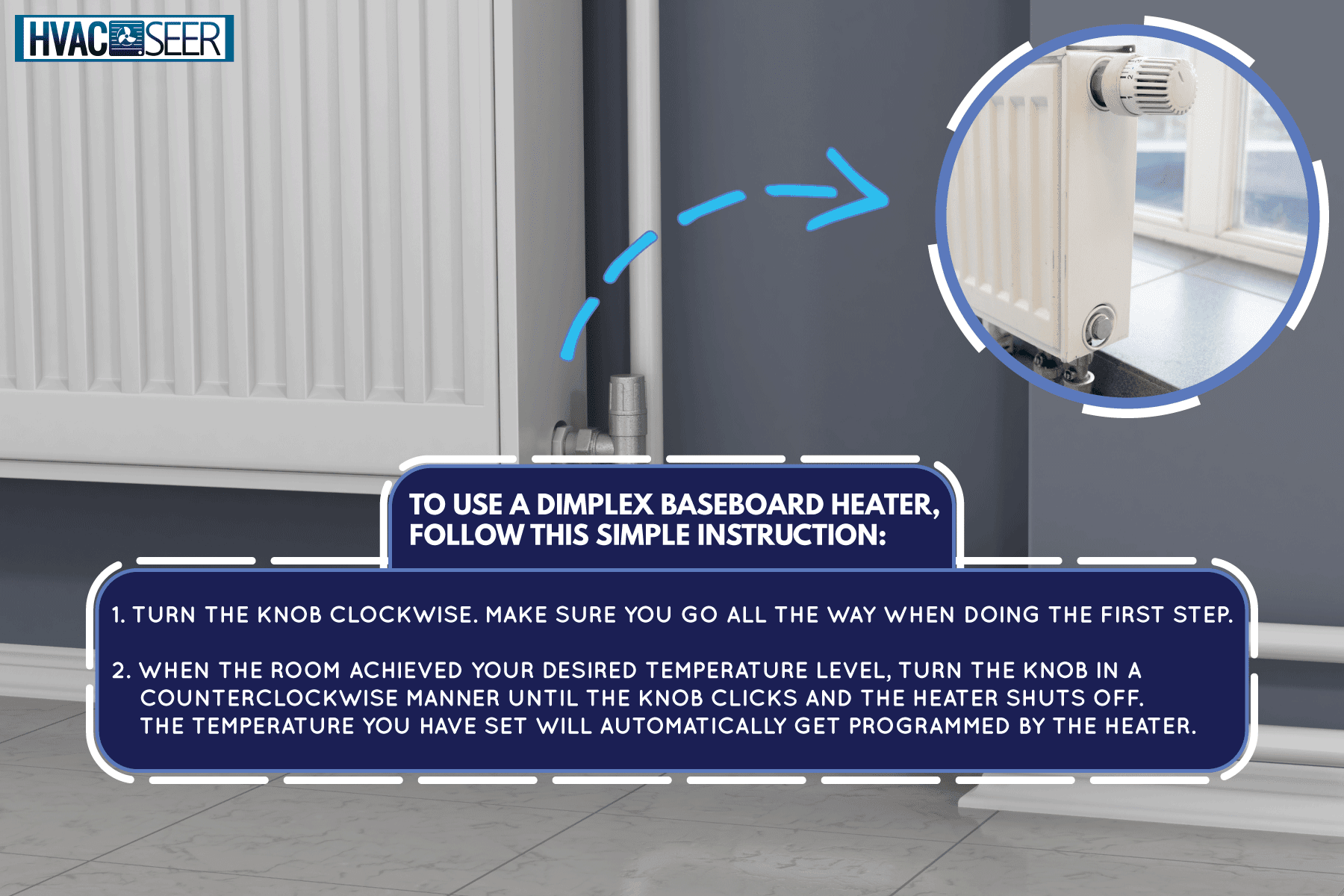
How To Use A Dimplex Baseboard Heater
Heaters offer convenience when the weather gets bitterly cold. Unlike typical heaters, baseboard heaters, also called electric resistance heating, don't have ducts, boilers, vents, or furnaces, yet they can efficiently increase the room temperature in the household.
Dimplex baseboard heaters use less energy, are quiet, and do not take up much space since it's installed at the bottom of the walls. Not to mention that it's easy to operate because you can control your Dimplex baseboard using the knob or via the Dimplex CONNEX remote.
Dimplex Baseboard Heater With Selector Dial
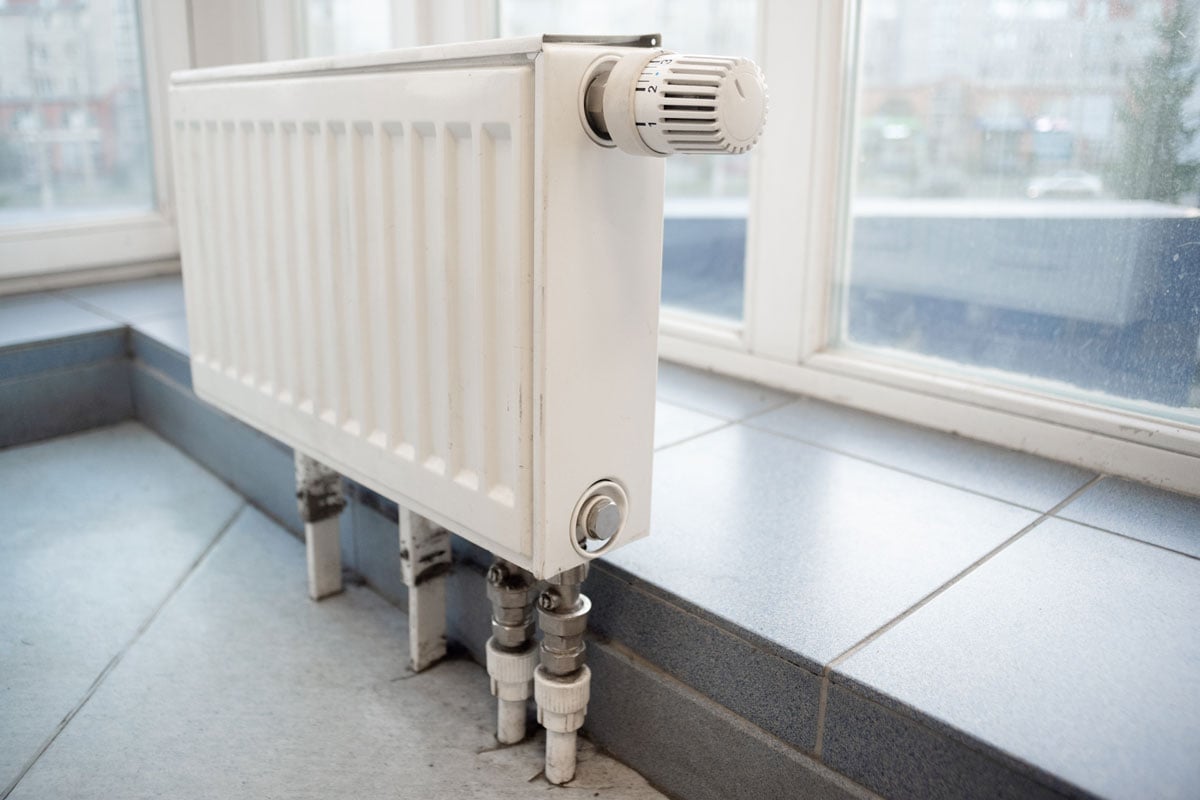
Some Dimplex baseboard heaters have a selector dial or knob that allows you to control the temperature. You can easily adjust the temperature by turning slowly turning the knob.
If you want to decrease the heater's temperature, you can turn the knob to the left. Adjust the heat by turning the knob to the right to increase the temperature level. This feature makes the unit a no-brainer!
In case you're wondering to which temperature level you should set your baseboard heater's selector dial, here is some recommended temperature levels depending on what you are doing:
- When sleeping, you can set the temperature to 61°F.
- If you're doing household chores like cleaning and cooking, we recommend that you set the temperature to 64°F.
- When watching television, you may set the temperature to 70°F.
See this Dimplex baseboard heater on Amazon.
Dimplex Baseboard Heater With Electronic Thermostat
Another way to operate the Dimplex baseboard heater is by using an electronic thermostat. Although not all baseboard heaters have this feature, electronic thermostats are easier to operate compared to a selector dial.
Electronic thermostats are programmable, allowing you to set the temperature easier. Unlike a selector dial, a thermostat it can maintain the room temperature at the set level between 32-86°F.
Because of this feature, you can leave your thermostat without worrying about setting it again to avoid the temperature from dropping.
To adjust the temperature level, you must press the + sign on the thermostat to increase the temperature and - if you want to decrease it.
You can also use the Economy Setting of the thermostat to change the temperature at a certain period of time. Enable this feature by pressing the "V" button next to the - sign.
The icon will start flashing once the Economy Setting is selected, and the Set Back Temperature will be set.
Check out this Dimplex wall thermostat on Amazon.
Why Is My Baseboard Heater Not Working Properly?
There can be several reasons your baseboard heater isn't serving its purpose. It can be stressful when it happens but don't worry. We've listed some of the possible causes of why your baseboard heater isn't working as you expect.
Your Baseboard Heater Is Dirty
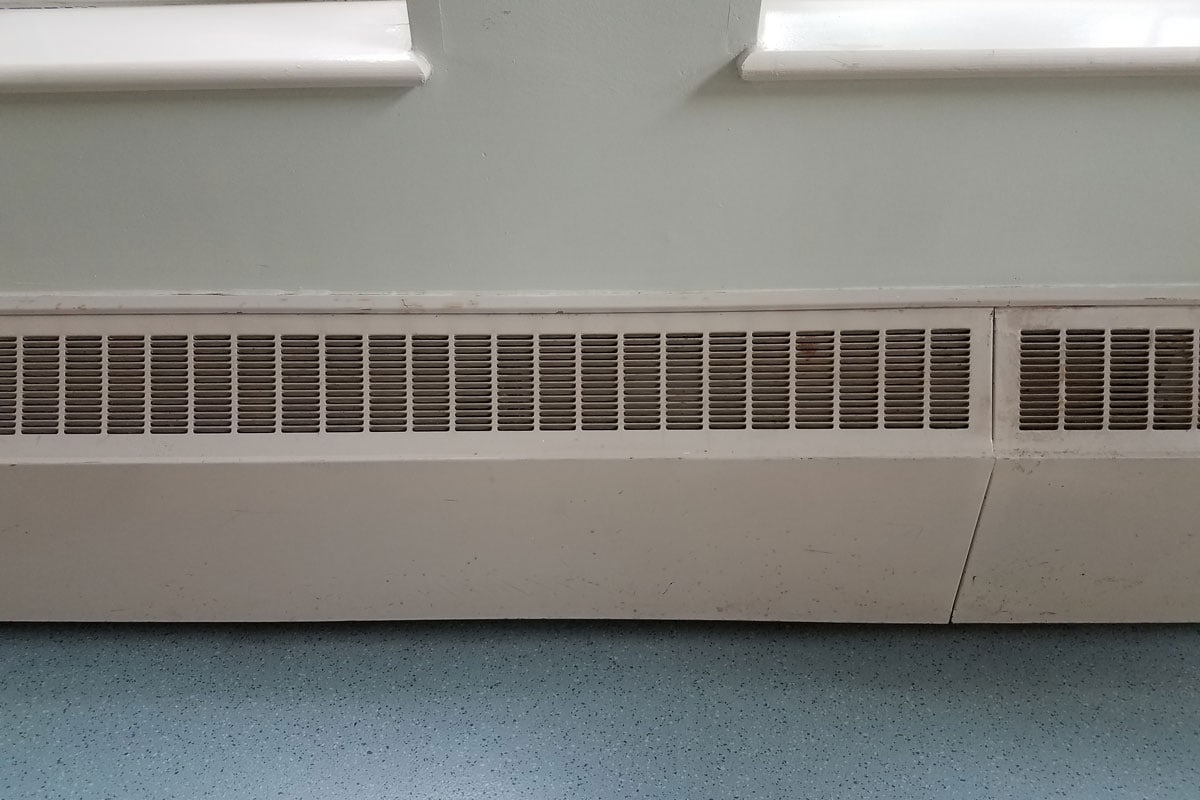
Baseboard heaters run by using an electrical heating component that's within a metal pipe. Electricity passes through the electrical heating component and then converts it into heat.
Over time, dust and dirt particles can hinder the baseboard heater from distributing the heat its system is producing. That's why cleaning your baseboard heater is a big must.
You can do an annual clean-up to help your baseboard heater work efficiently. Wipe the surface of the heater with a clean cloth, then vacuum the fins and housing to get rid of dust and dirt particles clogging the unit.
The Thermostat is Faulty
Another possible reason why your baseboard heater isn't blowing hot air is because of a broken thermostat. When the thermostat is not working, the heater cannot reach the temperature you wanted it to achieve.
To find out if the thermostat is causing the problem, try to put the thermostat on a test. Set the thermostat to its highest and lowest level, then use a multimeter to check if the thermostat is working or not.
Once you've proven that the thermostat is faulty, replace it immediately with the manufacturer's recommended model. You can also have a professional technician replace it to prevent making things worse.
There's An Issue With The Circuit Breaker
If your baseboard heater's circuit breaker trips instantly after a few moments of using it, there's a problem with the circuit breaker or the wires connected to it.
You can inspect the heater and the fuse in the breaker box to check if the circuit breaker is causing the problem. Follow the wires connecting the heater, thermostat, and circuit breaker.
If all the wirings are properly working, consider replacing the fuse in your breaker box.
Make sure to do regular maintenance checks with your unit. Baseboard heaters can last up to 15-25 years, but without proper maintenance, they might not last long.
There Is No Enough Airflow
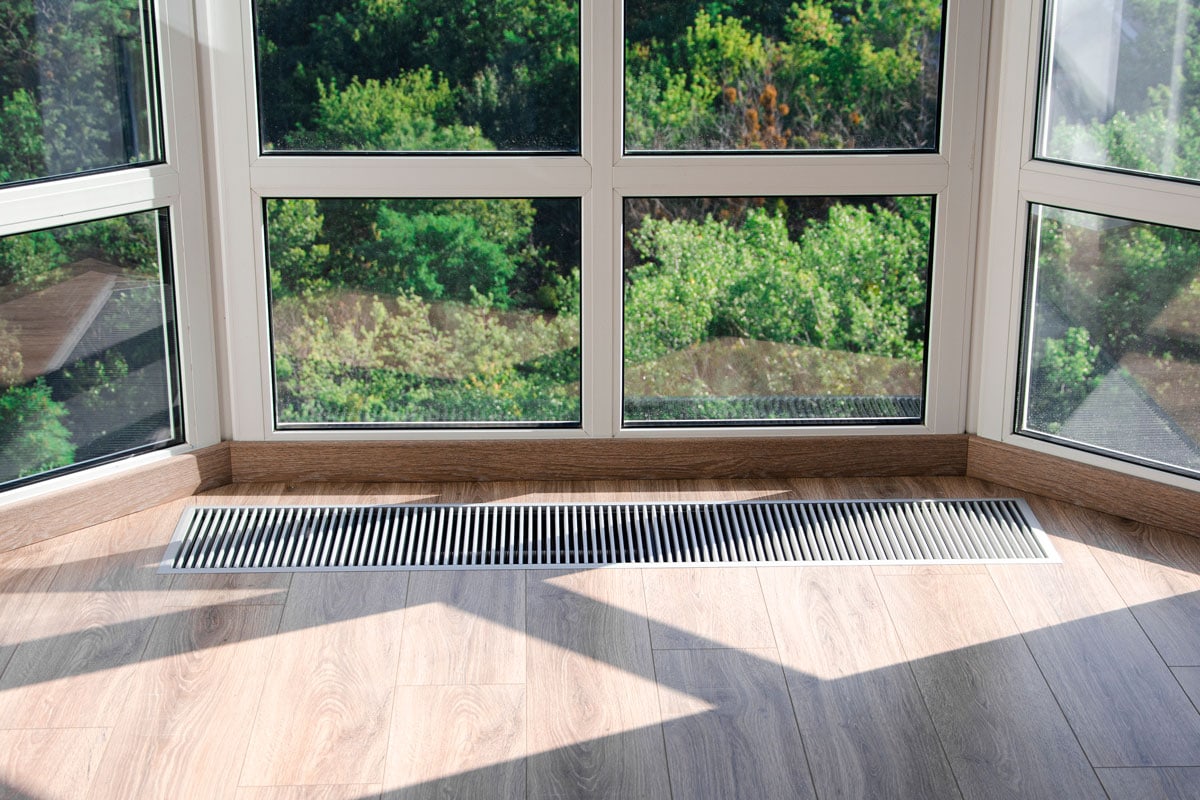
Airflow is essential when you are using baseboard heaters. The baseboard heater will have difficulty working properly when the airflow is blocked. Although your unit is clean, some outside obstructions can cause blockage.
Window coverings such as curtains and blinds can block the airflow. Make sure to hang your window accents at least ten centimeters above your baseboard heaters to prevent them from blocking the unit.
It is also advisable to mount your baseboard heaters at least two centimeters above the carpet so cooler air can enter under the unit and through the heating element. Using thick carpets, you can trip the part under the baseboard heater so the carpet will not block the airway.
You Are Using Inaccurate Voltage
Baseboard heaters, just like other appliances, need to consume the correct voltage, or they will not work properly.
Incorrect voltage can also cause electrical problems to your baseboard heater, such as a short circuit or system breakdown that's why plugging the unit in the correct circuit is important.
If you connect a 240V heater to a 120V circuit, the unit will fail to produce the correct amount of heat because it lacks the power it actually needs to operate.
Ensure you read the manual and follow the manufacturer's recommendations so your baseboard heater can function properly.
Are Baseboard Heaters The Same With Heat Pumps?
It may seem confusing due to several similarities between heat pumps and baseboard heaters, but these two are not the same thing.
Although both heat pumps and baseboard heaters produce hot air, the difference is the process of how heat is converted.
While baseboard heaters use electricity and convert it into hot air, heat pumps, on the other hand, collect air from the outside and turn it into hot air that's being blown inside the house through an indoor unit.
Another difference between a baseboard heater and a heat pump is their energy efficiency. Baseboard heaters can reach up to 100% energy efficiency, while heat pumps can be up to 200-300% energy efficient, making heat pumps provide the same efficiency by using less energy.
Wrapping It Up
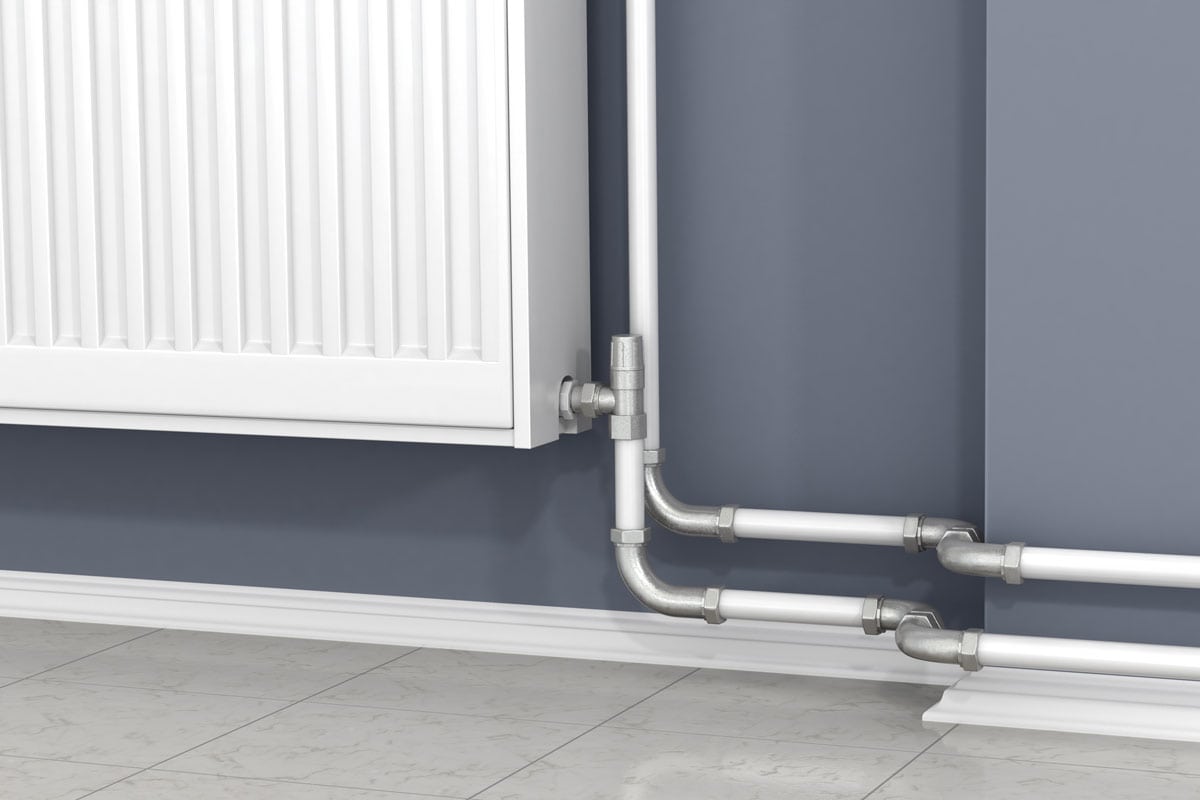
Baseboard heaters are easy to operate and can be energy efficient when you know how to use them properly. You can use the selector dial or the electronic thermostat to set the desired temperature.
Just don't forget to maintain your baseboard heater in good condition to avoid electrical hazards and prolong its lifespan. If signs and symptoms of inefficiency occur, don't hesitate to check your unit to prevent further damage.
Before you go, don't forget to check these posts, too!


